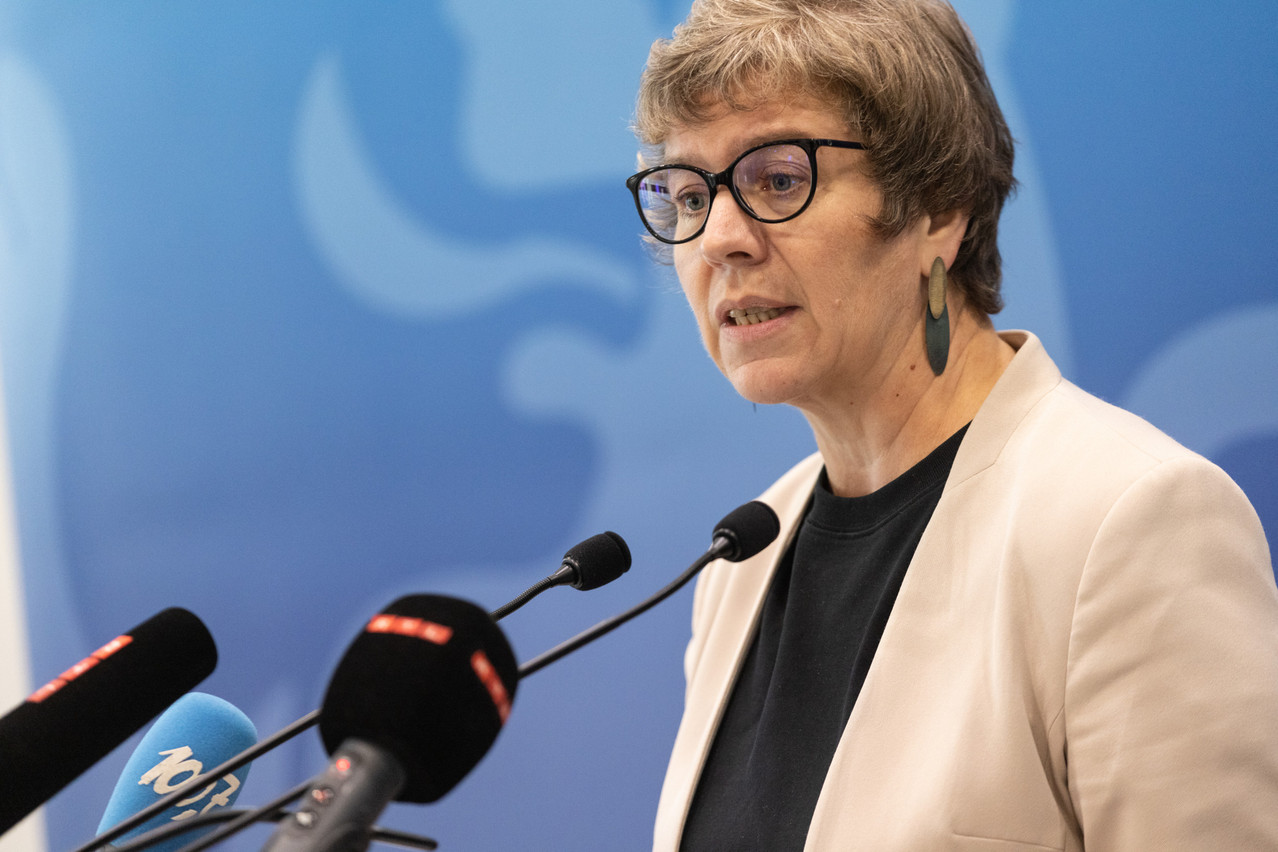While , were using immediate direct payment (paiement immédiat direct, PID) on 16 August 2024, the 600 mark has now been passed, according to a parliamentary reply from health minister (CSV) to LSAP MPs and . Around 20% of benefits are paid via this payment process. As a reminder, in 2022, Luxembourg had 2,762 registered doctors. The figure is therefore rising, but there are still many doctors to be convinced.
The parliamentary question related to a recent press release issued by the National Health Fund (CNS) on 4 November, in which it stated that it had taken over the Digital Health Network (DHN) digital solution, “which was commissioned and largely financed by the Association of Doctors and Dentists (AMMD). What conditions have been set for the CNS to take over the DHN? What is the value of any financial transaction?” asked the LSAP MPs.
€4.8m for the acquisition of the DHN device
“On 15 April 2024, DHN informed the CNS of its decision to definitively cease all its activities. The DHN offered the CNS the voluntary sale of all its assets… The CNS has expressed its interest in acquiring the DHN system, subject to the legal conditions imposed. Before taking a position, however, the CNS had to carry out technical and financial analyses, as well as an evaluation to ascertain whether the DHN device effectively met its needs… On the basis of this work and its conclusions, the CNS’ board of directors decided to settle on 30 October 2024 for the sum of €4.8m for the acquisition of all the assets relating to the DHN solution, including those linked to the use of an electronic signature,” replied the health minister.
The CNS set up the immediate direct payment system, which lacked the DHN digital solution developed in parallel under the responsibility of the AMMD. This solution makes it possible to involve patients in the PID process by giving them the opportunity to validate the fee statement, pay their personal share and trigger payment by the National Health Fund. In addition to immediate direct payments, the DHN solution has been designed for the exchange of any other electronically signed healthcare document such as prescriptions, certificates of incapacity for work or dental estimates between doctors, patients and the CNS. Eventually, more than 15m electronically signed documents will pass through this tool between the different players in the healthcare sector.
“There are no plans to maintain two separate applications (CNS and DHN). The DHN architecture will be taken over so as to integrate existing applications. Documents passing through the final tool will, if necessary, be able to be transferred to other applications such as the DSP [electronic healthcare record, dossier de soins partagé], for example,” added Deprez’s parliamentary reply.
This article was originally published in .
